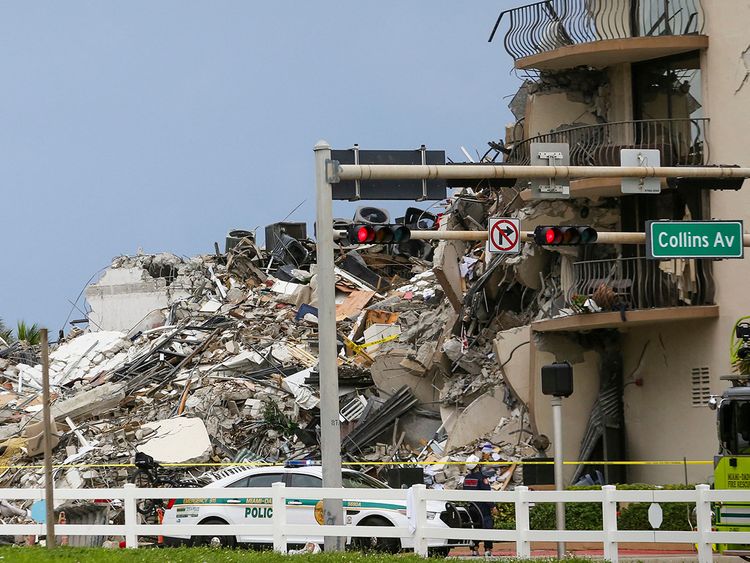
The tragic collapse of a condo that occurred last Thursday June 24th in Surfside, Florida has sent shockwaves around the US, and around the globe. With at least 150 people still unaccounted for, the sudden and unexpected tragedy is a stark reminder of how a mistake in design or an overlook in maintenance could have deadly consequences. Most of all, it highlights the importance of best engineering practices and sound structural design.
Engineer’s Point of View
In the days after the collapse, interviews with various engineers and experts have different takes and speculations as to what may have contributed to the tragedy. One engineering company said the investigation should focus on the foundation and podium level, while another says the investigation should focus on the columns, beams and flat slab system. What everyone seems to agree on is that there is no one definitive factor that caused the collapse, but rather a variety of factors. This includes but may not be limited to: structural failures, water damage, and perhaps vibrations and seismic loads from construction that occurred next door.
According to an article published by CNN, the National Institute of Standards and Technology (NIST), a non-regulatory agency within the US Dept of Commerce, has sent a 6-person team comprised of scientists, structural engineers and a geotechnical engineer to Surfside to assess the damage and conduct a preliminary federal investigation. The decision to launch a formal investigation will be determined within the next two weeks, and if decided, the goal would be to “determine the technical cause of the collapse and, if indicated, to recommend changes to building codes, standards and practices or other appropriate actions to improve the structural safety of buildings.”
Why Peer Review is so important
As peer reviewers, it touches us to our core when we see tragedies like this occur, especially since we know it could have been avoided. The American Society of Civil Engineers (ASCE) stipulates in their Policy Statement 351, “Peer review is a separate, important step in the design process for selected projects to provide an evaluation of design concepts and management to meet performance objectives. Peer reviews are recommended on projects:
- That are critical or could endanger public health, safety, welfare, the environment, or national defense or security;
- When their performance under emergency conditions is paramount;
- When using innovative or untested materials, techniques, or design methods; or
- That could result in significant financial or operational losses.”
Everyone makes mistakes, but our number one mission as peer reviewers in the industry is to catch or prevent mistakes from happening, as well as ensure that the structure we are reviewing is safe and meets the necessary performance objectives. Could the collapse of the building have been avoided? With the proper mechanisms in place such as a peer review and structural maintenance, absolutely. Our job as peer reviewers is to prevent something like this from happening again.
To find out more information, please visit our website: www.dynamisassociates.com






